Things You Didn't Know About Dogs
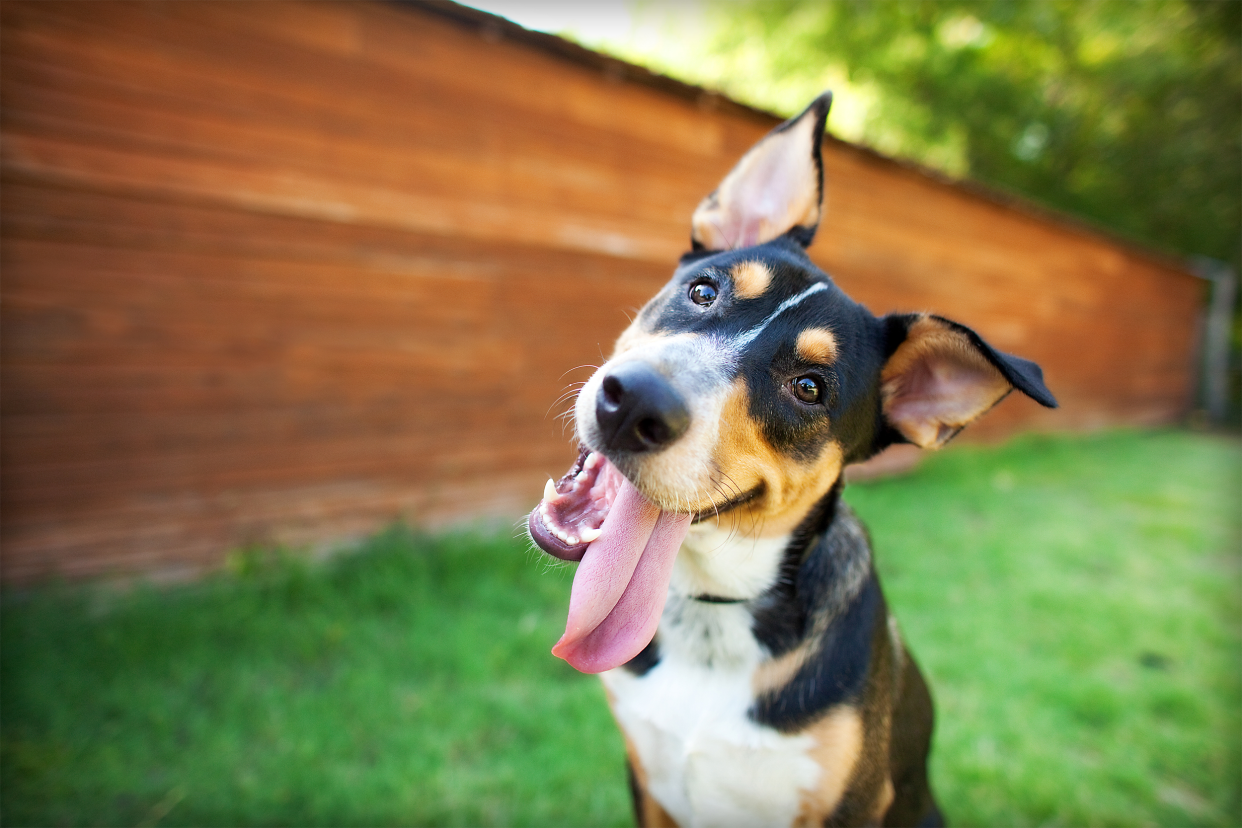
Dogs have been a part of human history for tens of thousands of years, when they were first understood to have been domesticated. People have been proud of their pups for centuries, and in fact, the second-oldest continuous sporting event in the U.S. is not baseball or football, it's the Westminster Kennel Club Dog Show, which just crowned bloodhound Trumpet as Best in Show. You know your canine companion is an important part of your life, bringing love, joy, and companionship, but how much do you really know about man's best friend? These 31 facts may surprise you.
Related: 20 Gifts for Dog-Obsessed Humans
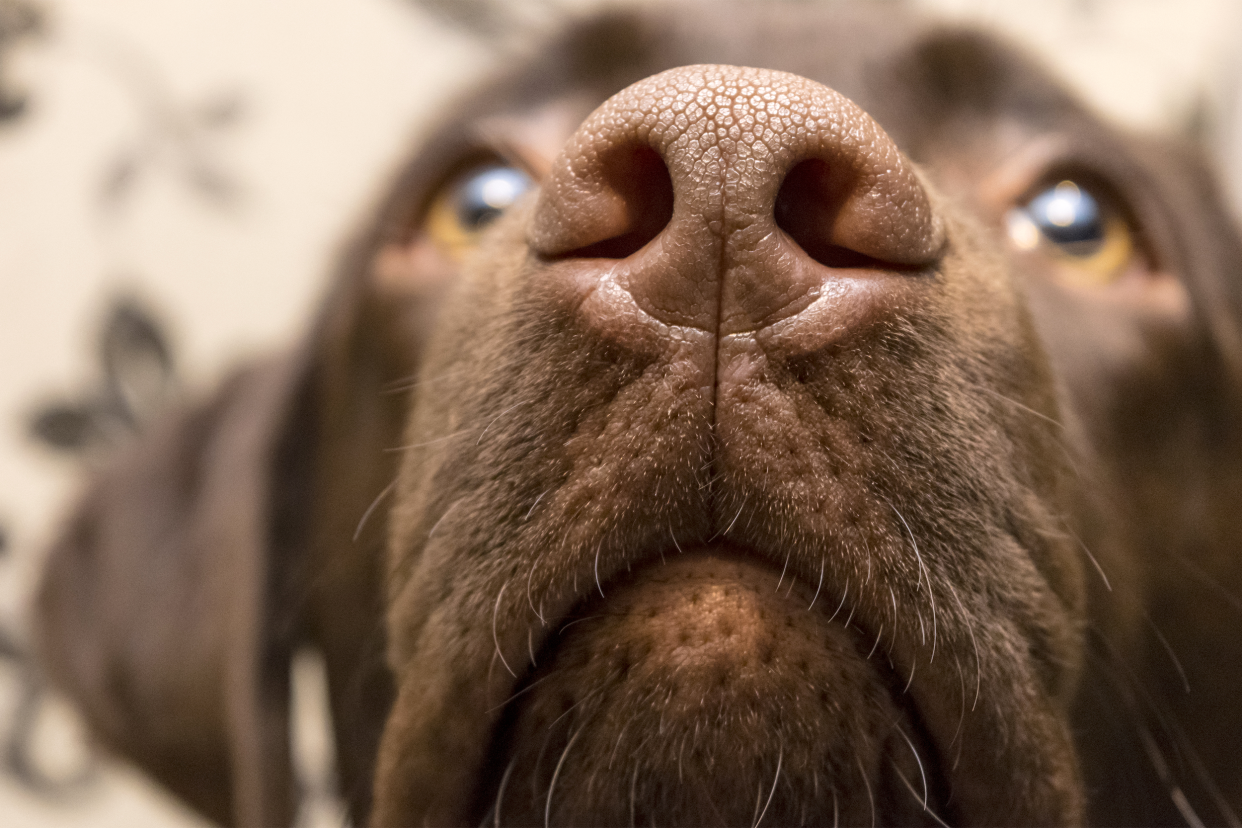
Dog owners are probably already aware that their canines like to sniff … a lot. It may be because dogs have a much better sense of smell than we do. Dog noses have up to 300 million scent receptors, while humans have around 6 million.

This droopy faced, big-eared breed has such an incredible sense of smell — 40 times more scent receptors than a human — that their expertise at finding a scent they are trained to search for can be a basis for search warrants and arrests. They are the first animal to have gained this unique status.
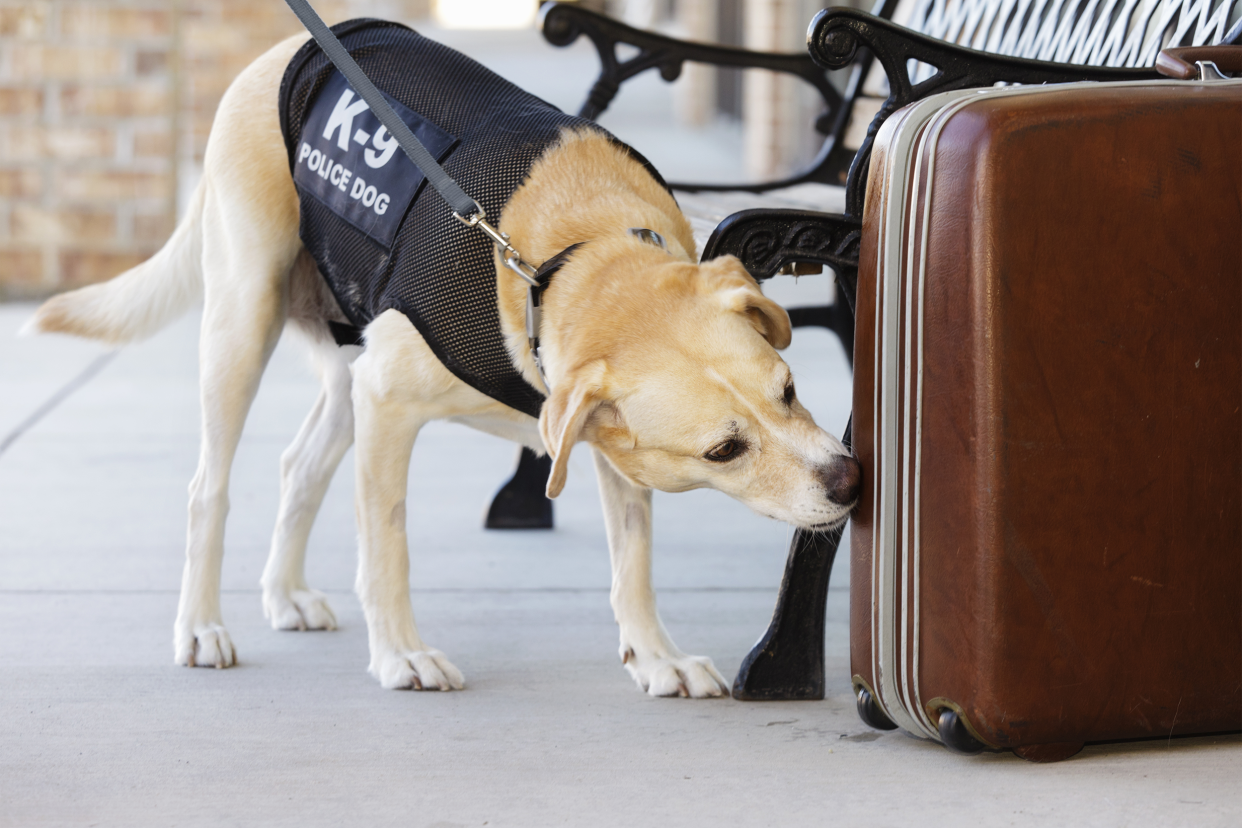
Canines can sniff out the odor equivalent of one teaspoon of sugar diluted by the water in two Olympic swimming pools. In fact, dogs can be trained to sniff out numerous types of cancer and diseases, and studies are currently underway to see if dogs can learn to detect coronavirus.
Related: Must Love Dogs: 14 Unexpected Jobs for Animal Lovers

No two dogs have the same nose pad pattern, just as no two humans have the same fingerprint. Each nose tip on a canine has a unique design of dimples, dots and ridges.
For more great pet stories and tips, please sign up for our free newsletters.

The old advice to hold a hand out in front of an unknown dog's face to let them smell you is outdated wisdom. In fact, it may actually frighten them or even put them on the defensive. It's better to let a dog approach first, and if you must approach the dog, go in from the side rather than face first.

Dogs are generally thought to have the same intelligence level as a 2-year-old child. Research has found that some dogs have an ability to count, as well as understand over 150 words.
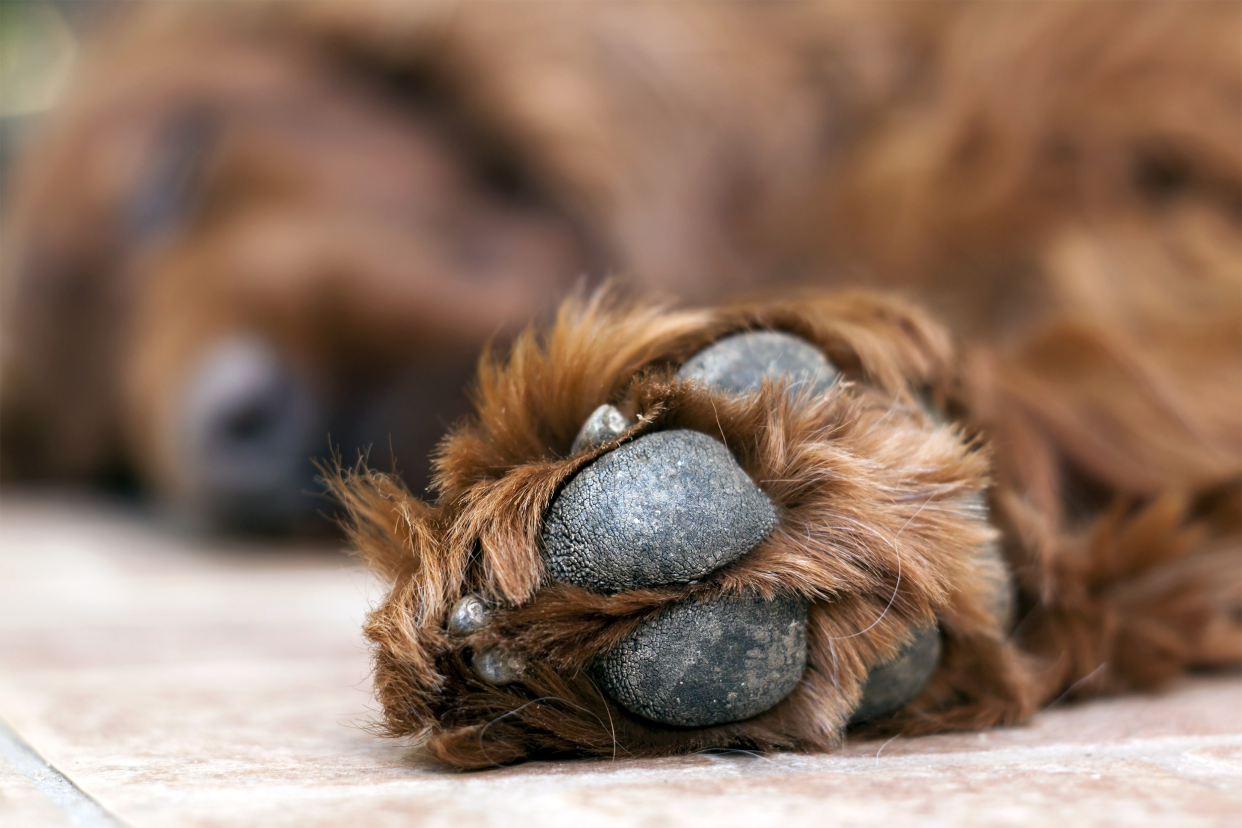
Dogs may appear to cool themselves down by panting, but they sweat mainly through glands in their paw pads. In fact, a dog may leave sweat marks from their paws on the ground on a hot day.
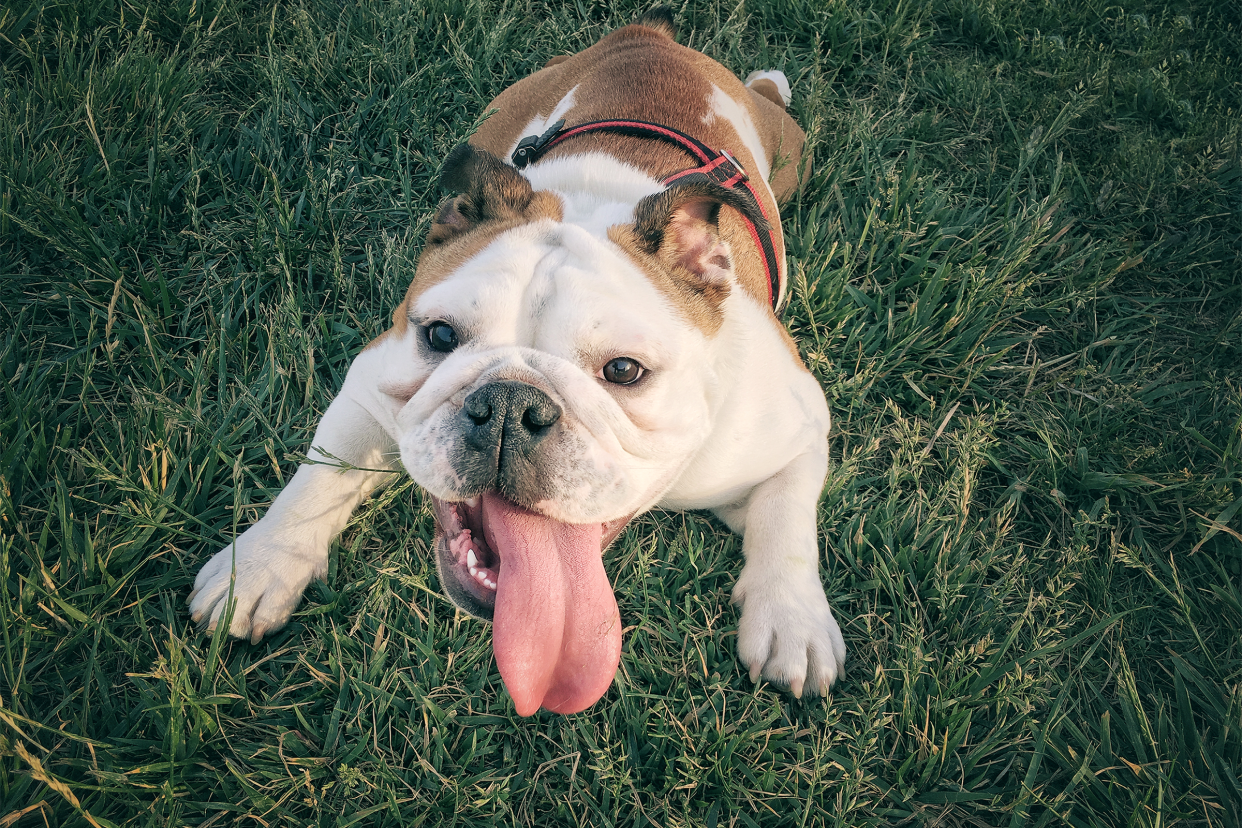
Dogs may sweat through their paws, but they cool their whole systems by panting, which helps evaporate moisture from their nose and lungs.
Related: 20 Beaches Your Dog Will Love — and So Will You
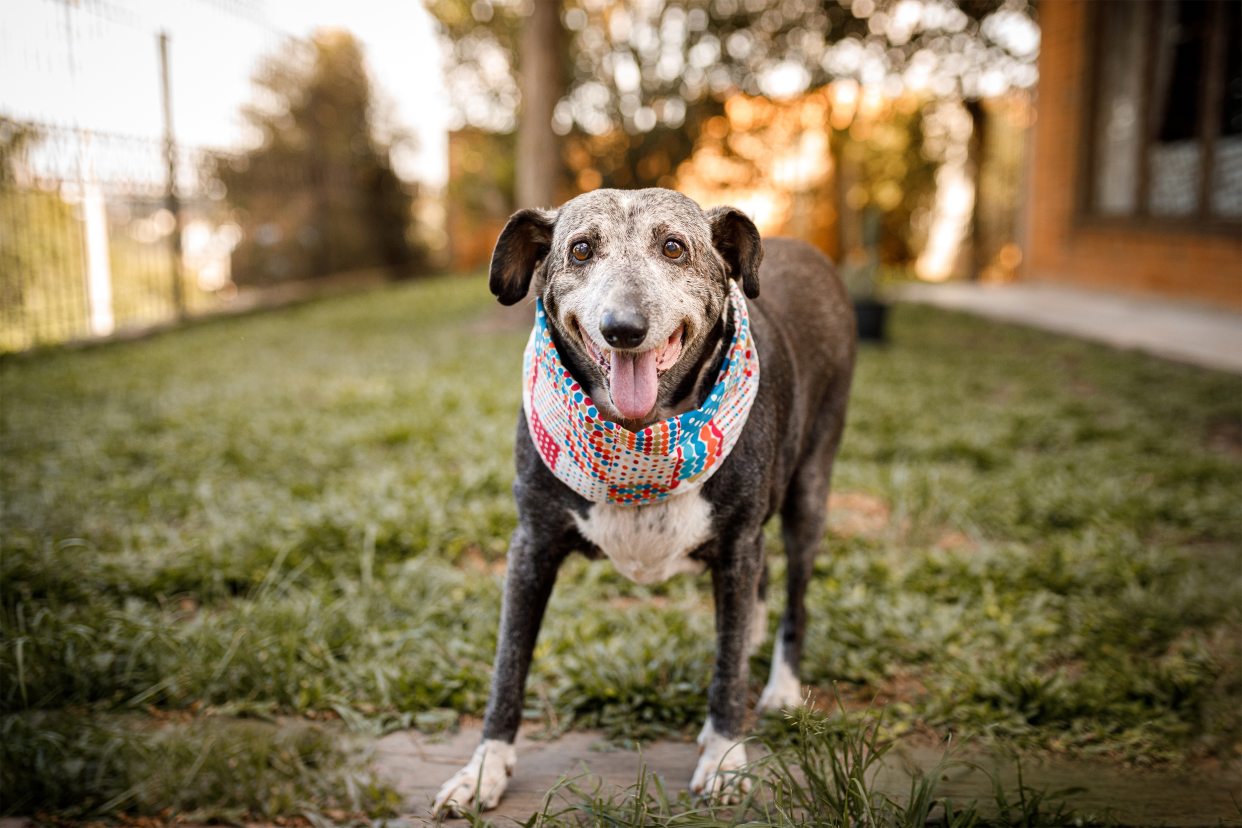
It is suggested that dogs with longer snouts generally live longer than dogs with shorter faces. For instance, toy poodles have a long and thin snout, and may live to around 16, while the Dogue de Bordeaux, with their shorter faces, on average live only 5 to 8 years.
Related: What are the Most Expensive and Cheapest Dog Breeds?

Dogs often curl up in a cute little ball when napping. This is actually a defensive measure to protect their organs, which is evolutionary behavior dating back to the need to protect themselves from predators.
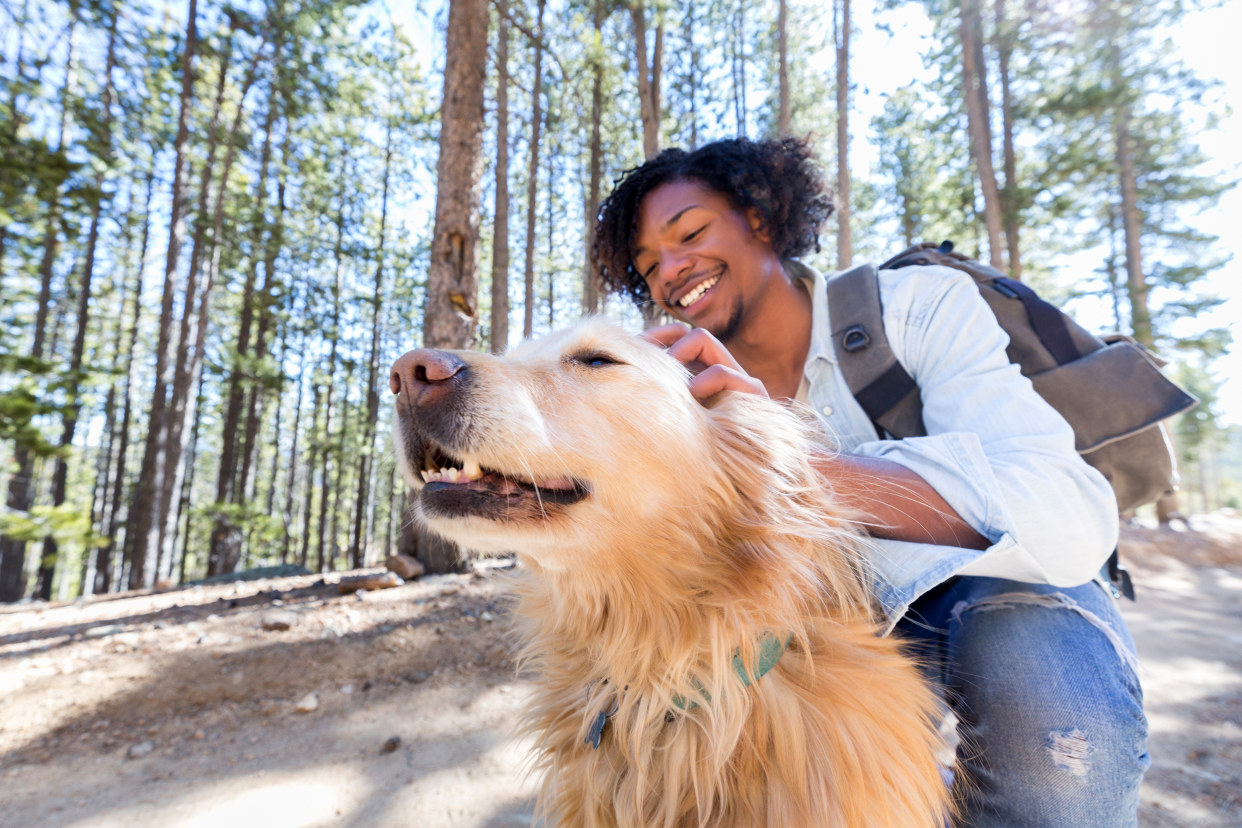
Studies have shown a human's blood pressure goes down when petting a dog. The reverse is true as well, making pet cuddles a win-win situation for all.

A 1-year-old dog is as mature, physically, as a 15-year-old human. Experts say the most challenging time for a dog owner is when their dog is between 8 and 18 months old, which happens to also be the age range when most dogs are given away. So don't give up on your wild child just yet.
Related: 14 Types of People Who Shouldn't Own a Dog
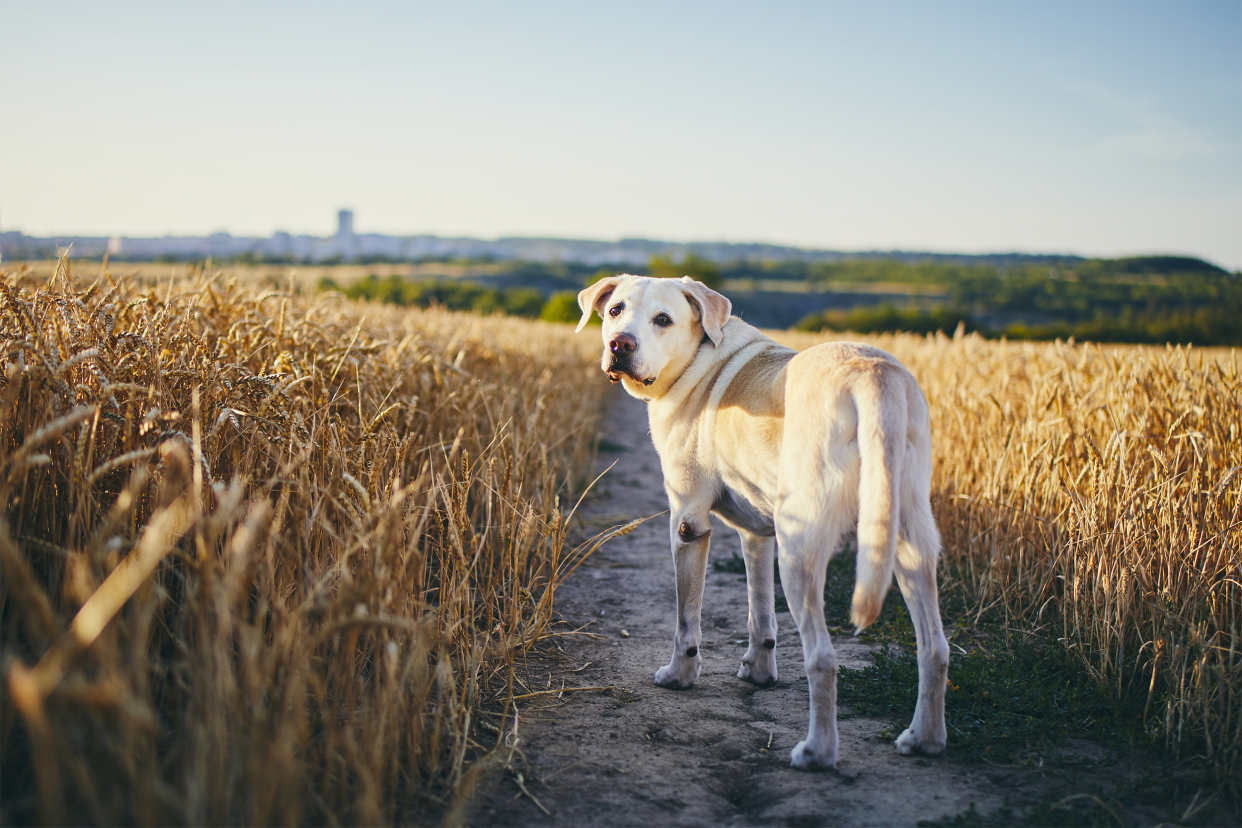
The average city dog lives three years longer than a country dog. It's surmised that this is because country dogs are more likely to be hit by cars or attacked by wild animals, as well as being exposed to more parasites.
Related: The 25 Best Cities to Visit With Your Dog

Maybe Leo couldn't fit, but there was surely room on that wooden board for the two Pomeranians and the Pekingese whose hearts went on after the shipwreck, regardless, the only dogs to survive the sinking.

The Labrador retriever has been the No. 1 favorite dog breed in the U.S. for 30 years. This friendly breed comes in yellow, chocolate, and black, and like a box of chocolates, it's hard to pick just one.
Related: The Most Popular Dog Breeds in Every State

Both male humans and dogs have prostates, and dogs can be susceptible to prostate cancer just like human men — the only two species where the cancer occurs.
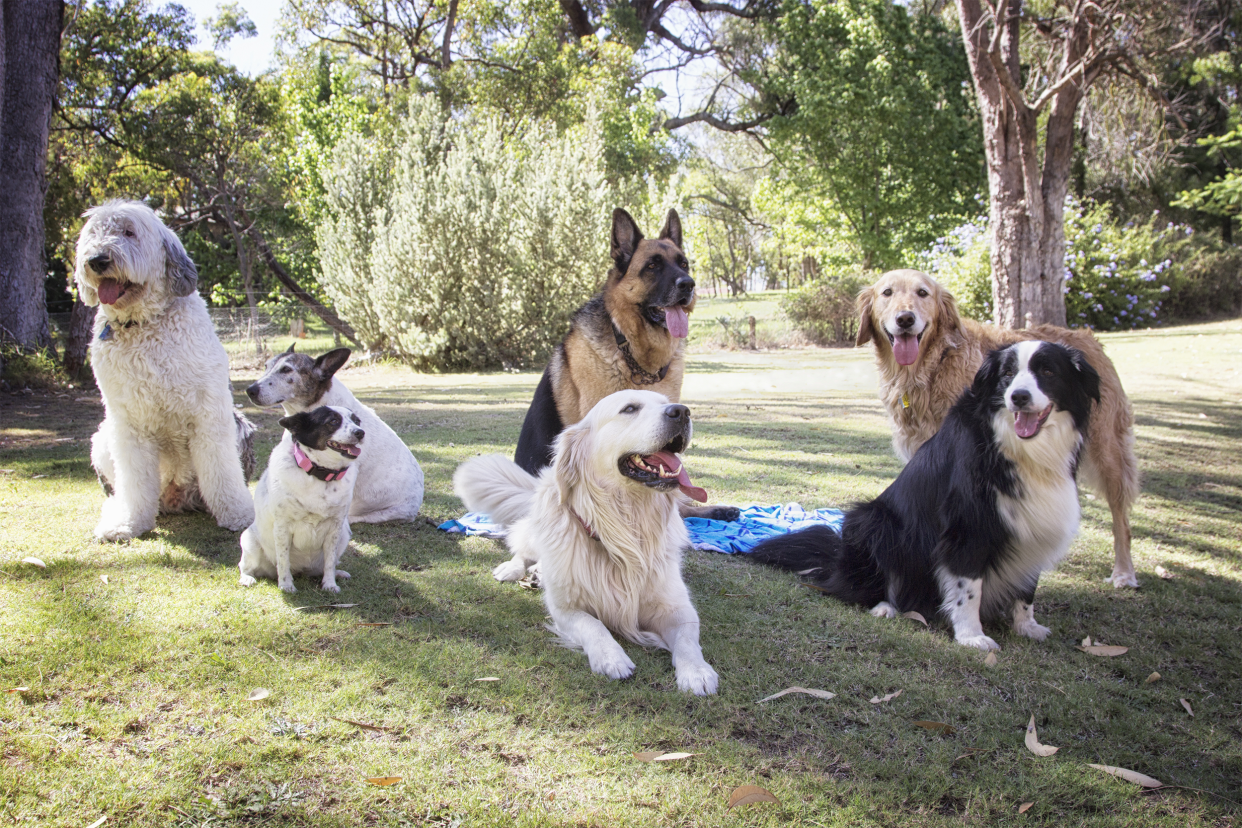
While each dog may be one of a kind, there are over 340 dog breeds, but only 197 of them are recognized by the American Kennel Club.
Related: 30 Popular Dog Breeds That Don't Shed
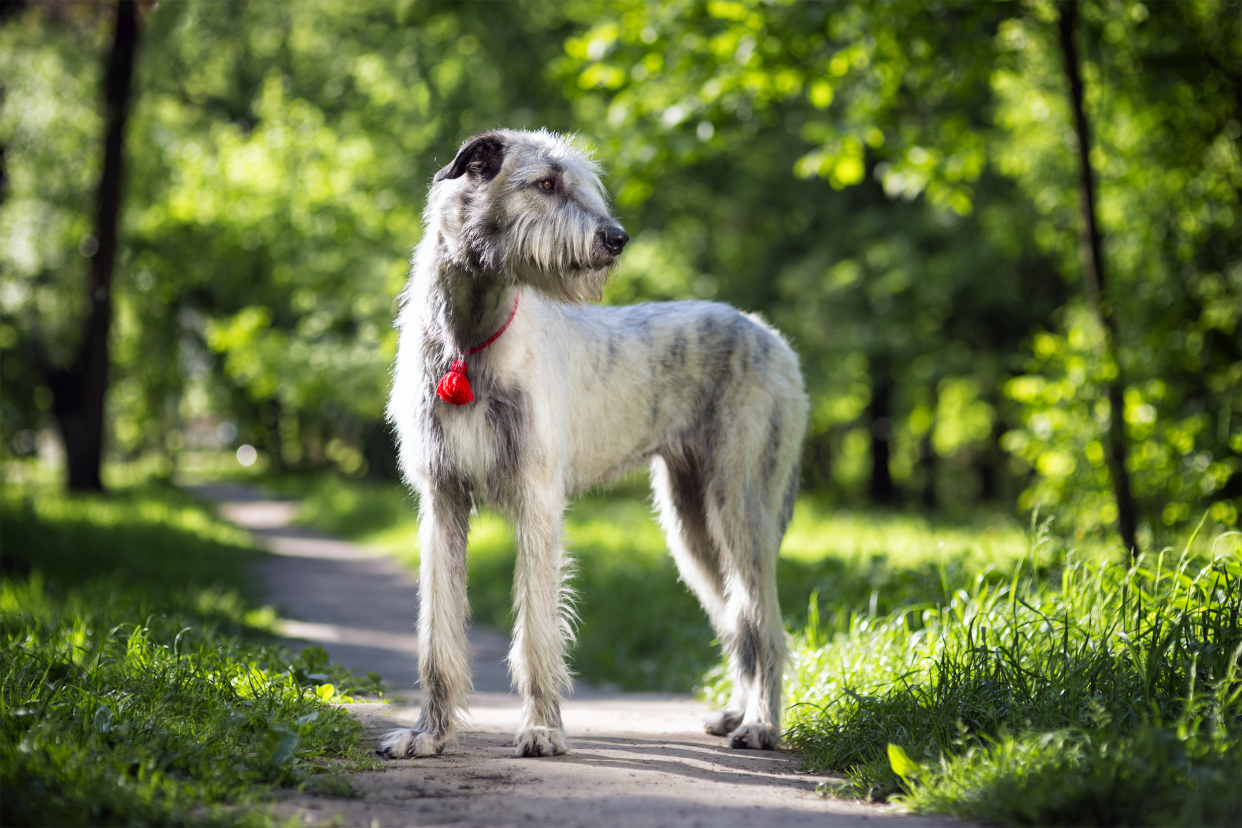
The smallest dog breed is the tiny but mighty Chihuahua, who weighs in at around 4 pounds on average and is usually between 6 to 9 inches tall. The largest is the Irish wolfhound, which can reach 7 feet high when standing on hind legs.
Related: The Smallest Dogs in the World
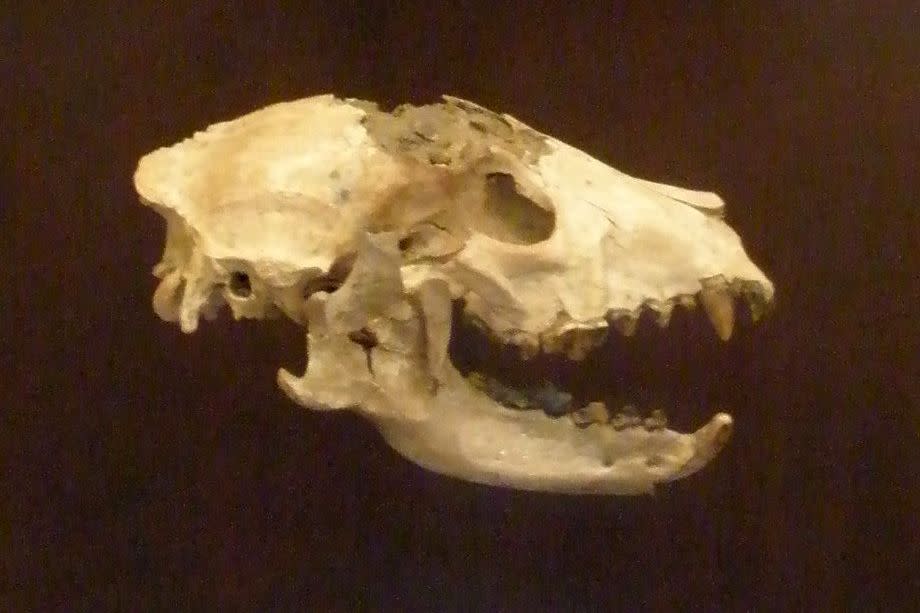
Canines are thought to descend from the Tomarctus, which roamed the Earth 15 million years ago. The creatures appeared to have been hyena-like in appearance.

That doesn't just mean in bed with their owners (although around half of all pet dogs sleep in their owner's beds). Dogs and humans both experience slow wave sleep (SWS) and rapid eye movement (REM), and during REM, dogs can dream just like humans, though probably about different topics — like squirrels and tennis balls.
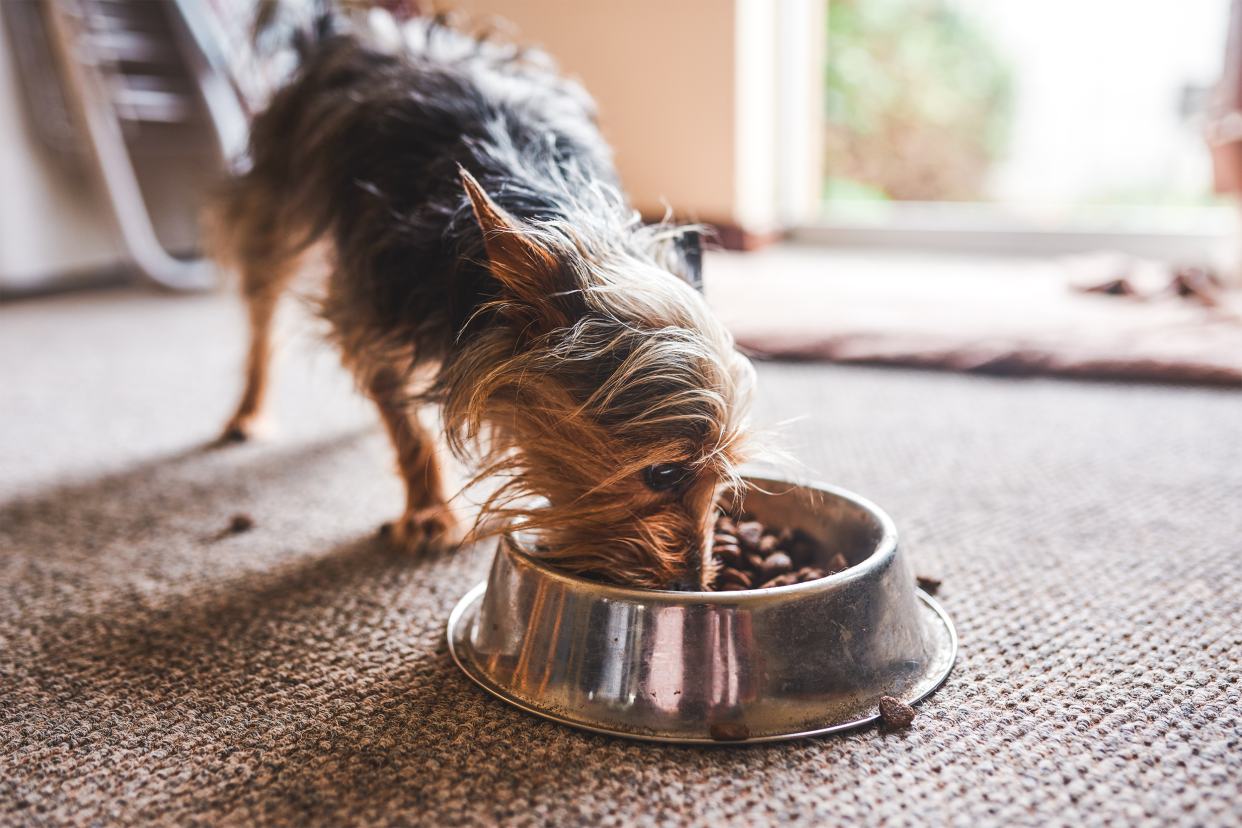
Dogs may have a better sense of smell, but humans have a better sense of taste. Dogs have about 1,700 taste buds, and humans have approximately 9,000.

A pup's ears have more than a dozen separate muscles, all of which control their very expressive ear movements.
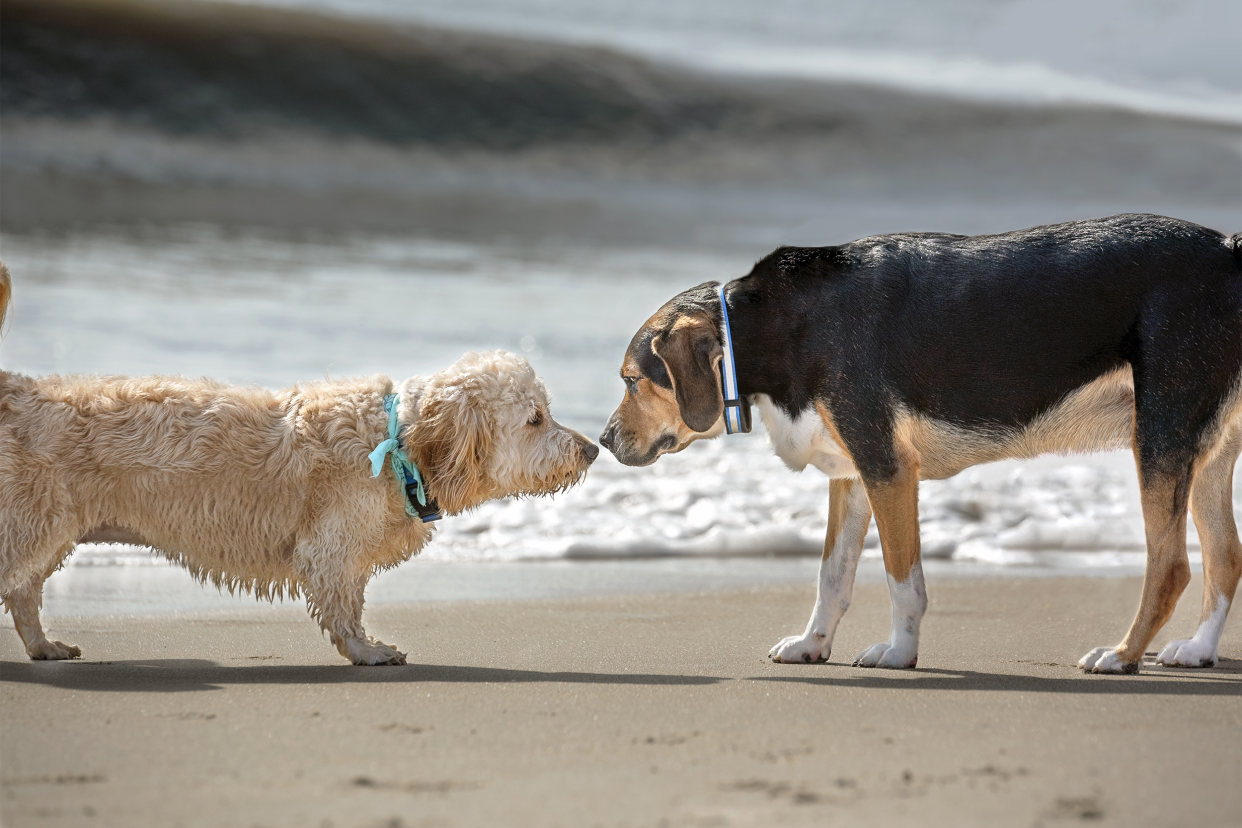
Female dogs are much more likely to greet other dogs by smelling their snout or muzzle, while males sniff at the genital region first. In fact, this might be an easy and fast way to tell if a dog is male or female at first greeting.
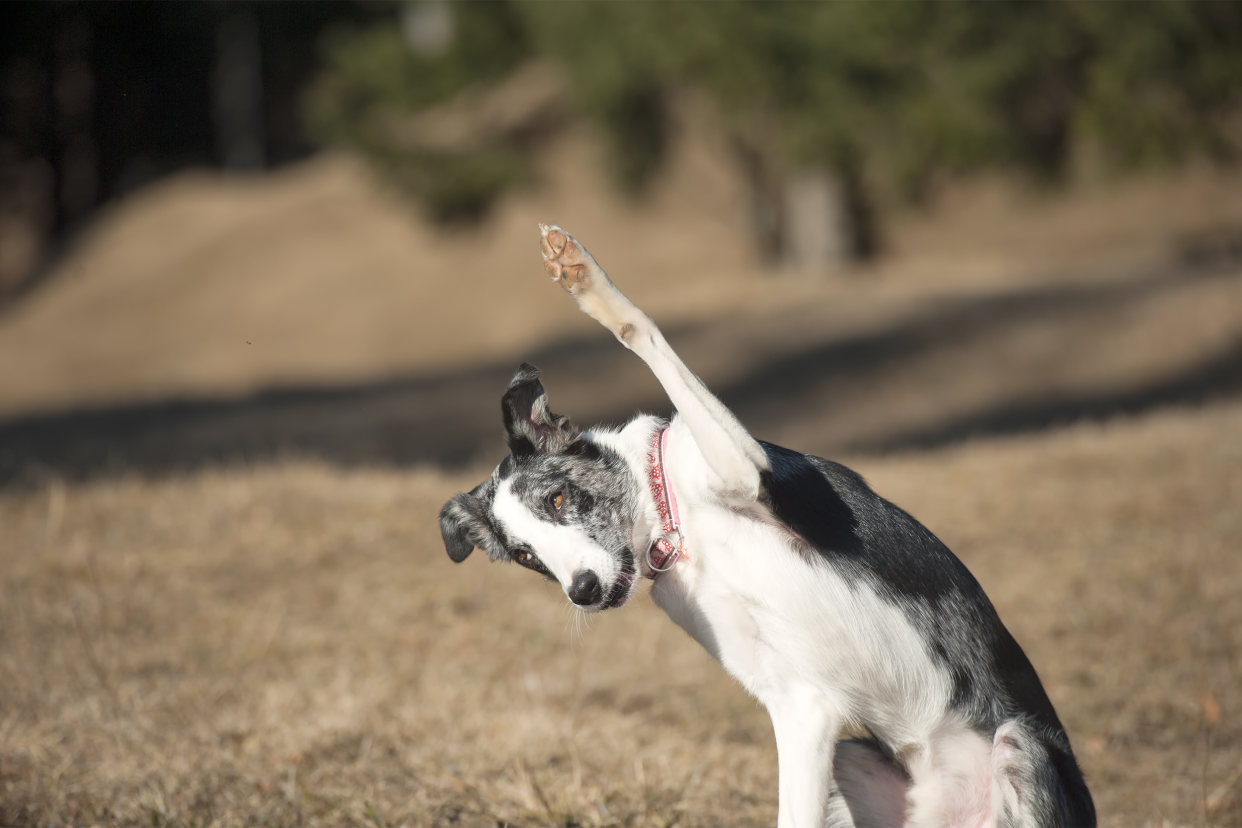
Dogs that prefer to use their right paw are reported to be less reactive to new stimuli, like strangers and odd sights.
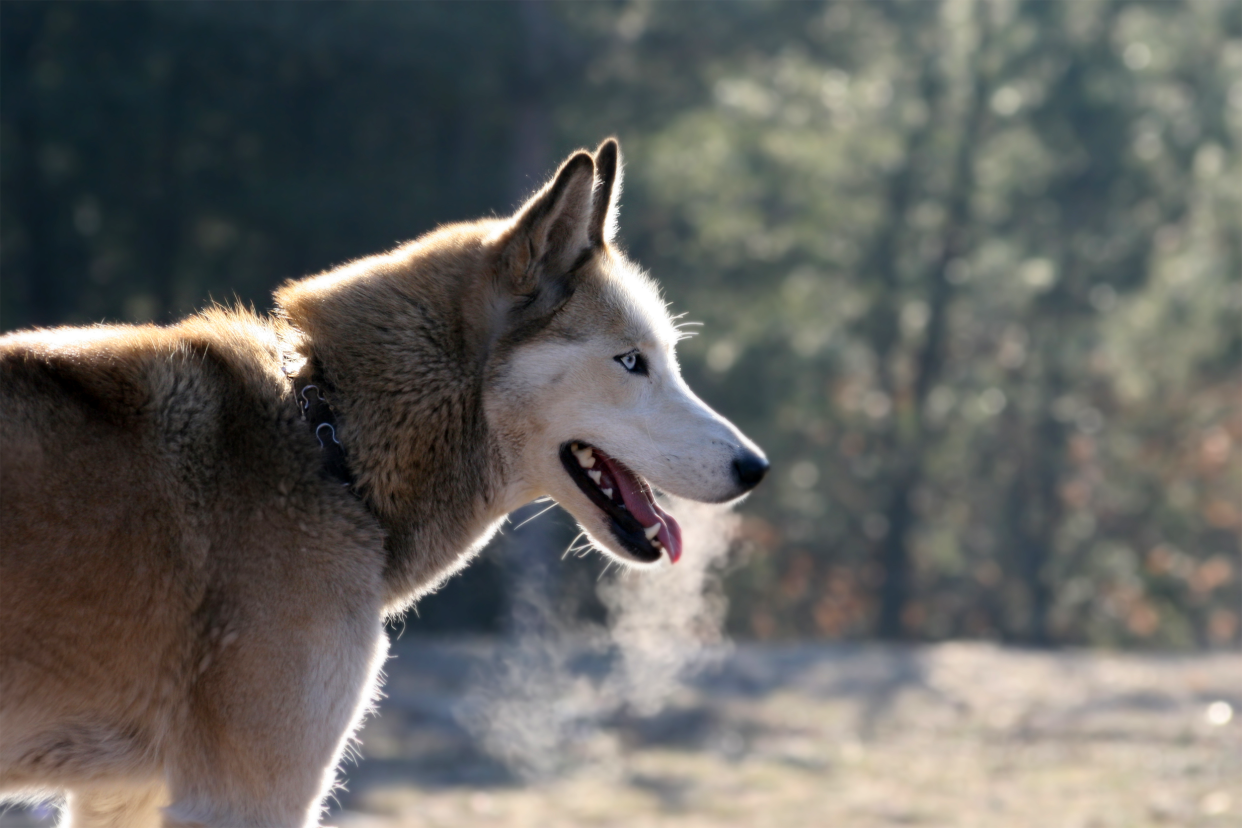
A dog breathes in and out around 15 times per minute when they are sitting calmly, compared to 12 to 20 breaths per minute for humans. The big difference is when dogs are sniffing around, or actively taking in scents — the rate goes up to 140 to 200 times per minute.
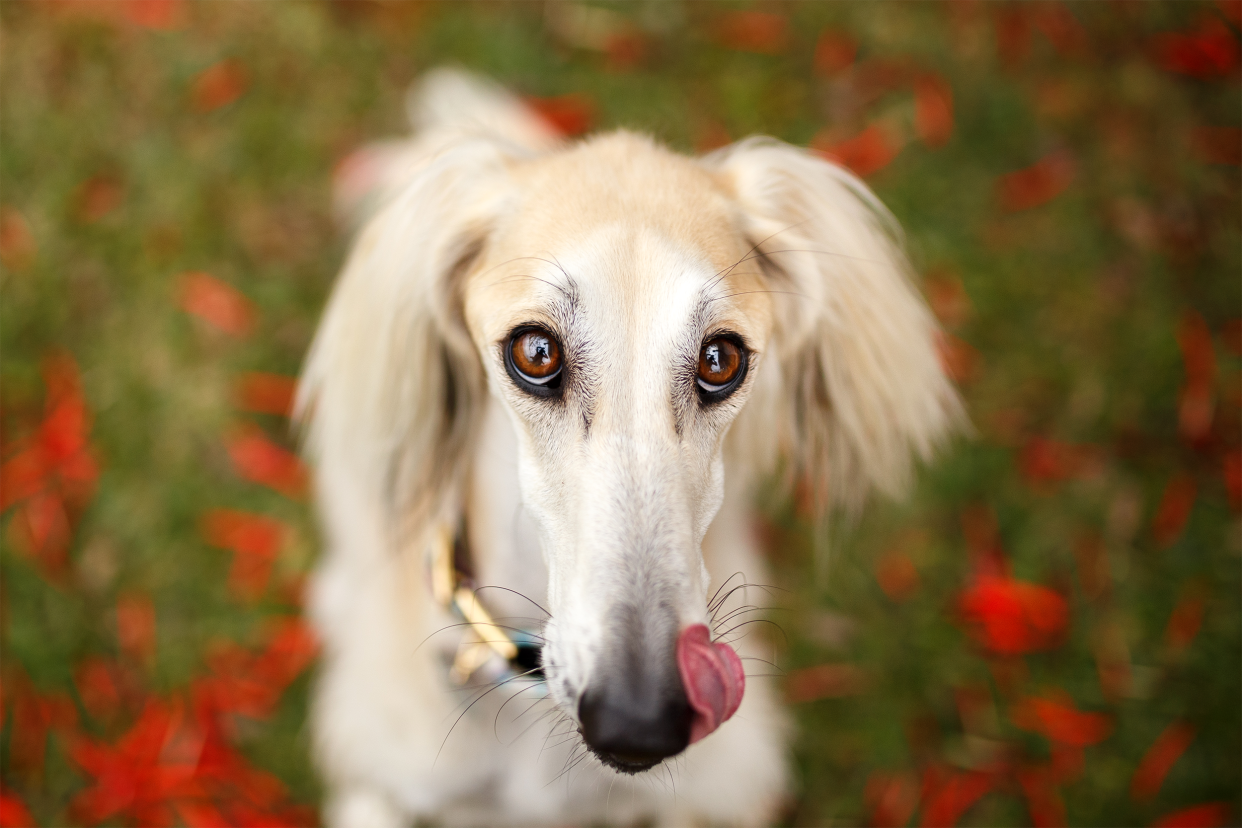
A cool moist nose on your canine buddy is a sign that they are healthy and well, but wet noses are also extremely important for a dog. They help keep a dog cool, but dogs also may lick their noses in order to collect scent particles from their mouth, which helps them better interpret the smell.
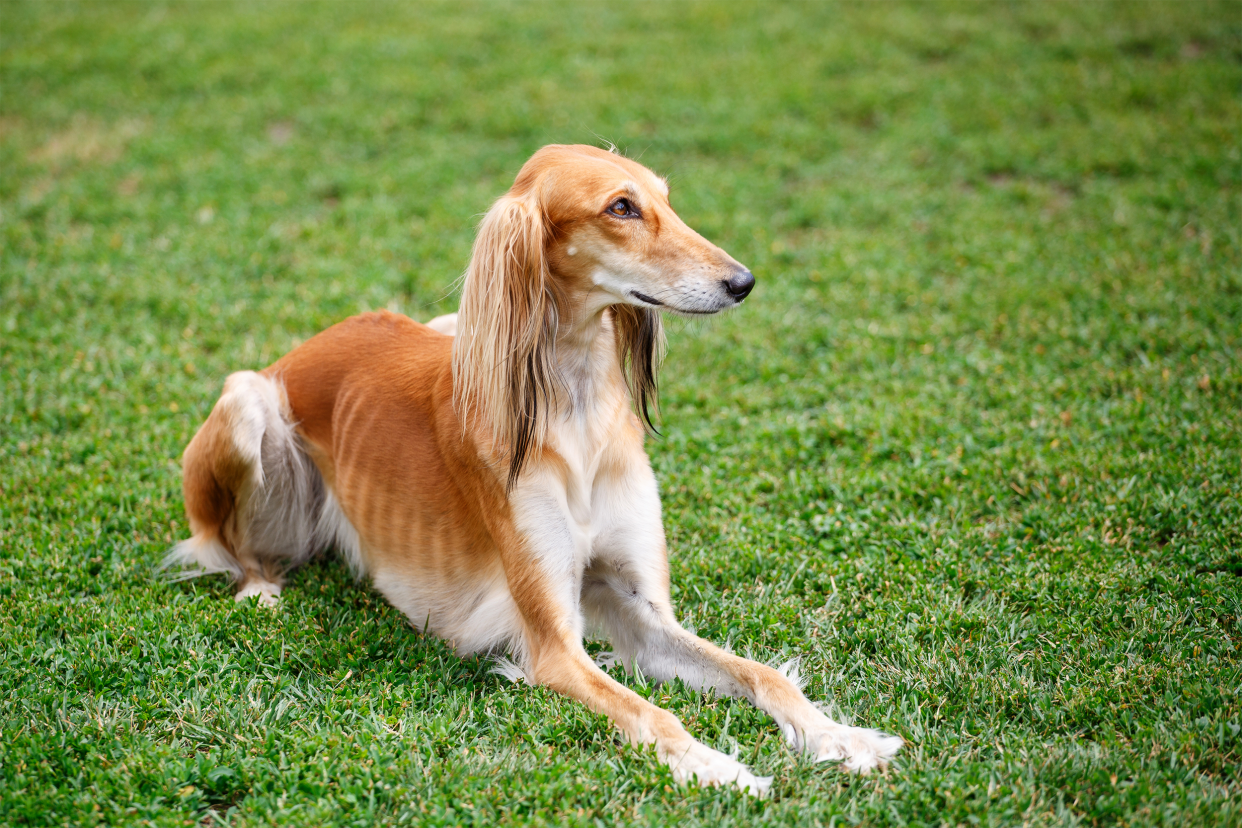
The graceful Saluki, once the royal dog of Egypt, is the oldest known domesticated dog breed, possibly dating back to 7000 B.C. In fact, the breed was of such importance to Egyptian kings that their bodies were often mummified.

In January 2022, the American Kennel Club allowed two new breeds to join the registry: the tiny Russian toy breed and the mudi, a Hungarian herding dog. For a breed to be recognized by the AKC, there must be a minimum of 300 to 400 dogs from the breed in at least 20 states.
Related: Otterhounds, Pulis, and 23 Dog Breeds You've Never Heard Of
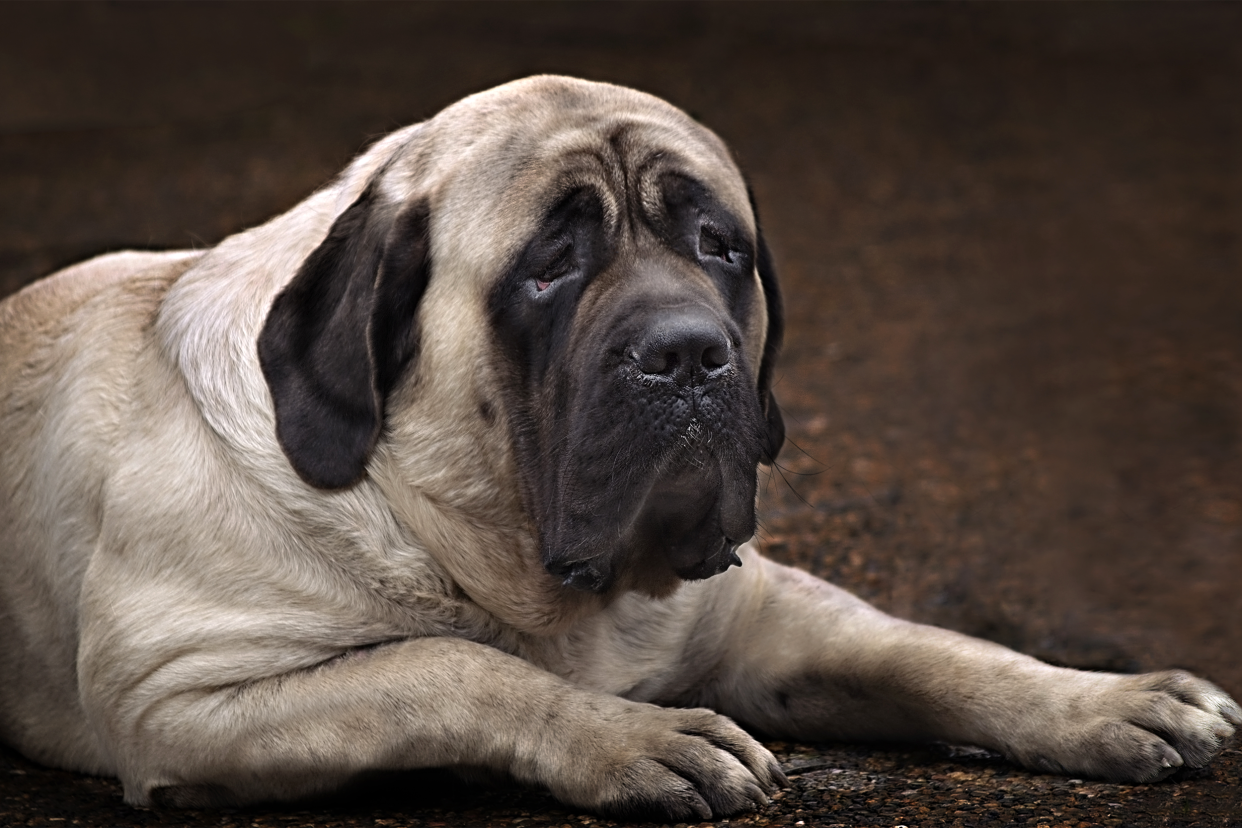
Looking to snuggle up with a pup on your lap while watching TV at night? You'll probably want to cross the English Mastiff off your list, then. The breed is considered to be the heaviest of all the dog breeds, weighing on average 110 pounds to up to 343 pounds, the heaviest weight recorded.
Related: The Best Cheap Dog Food
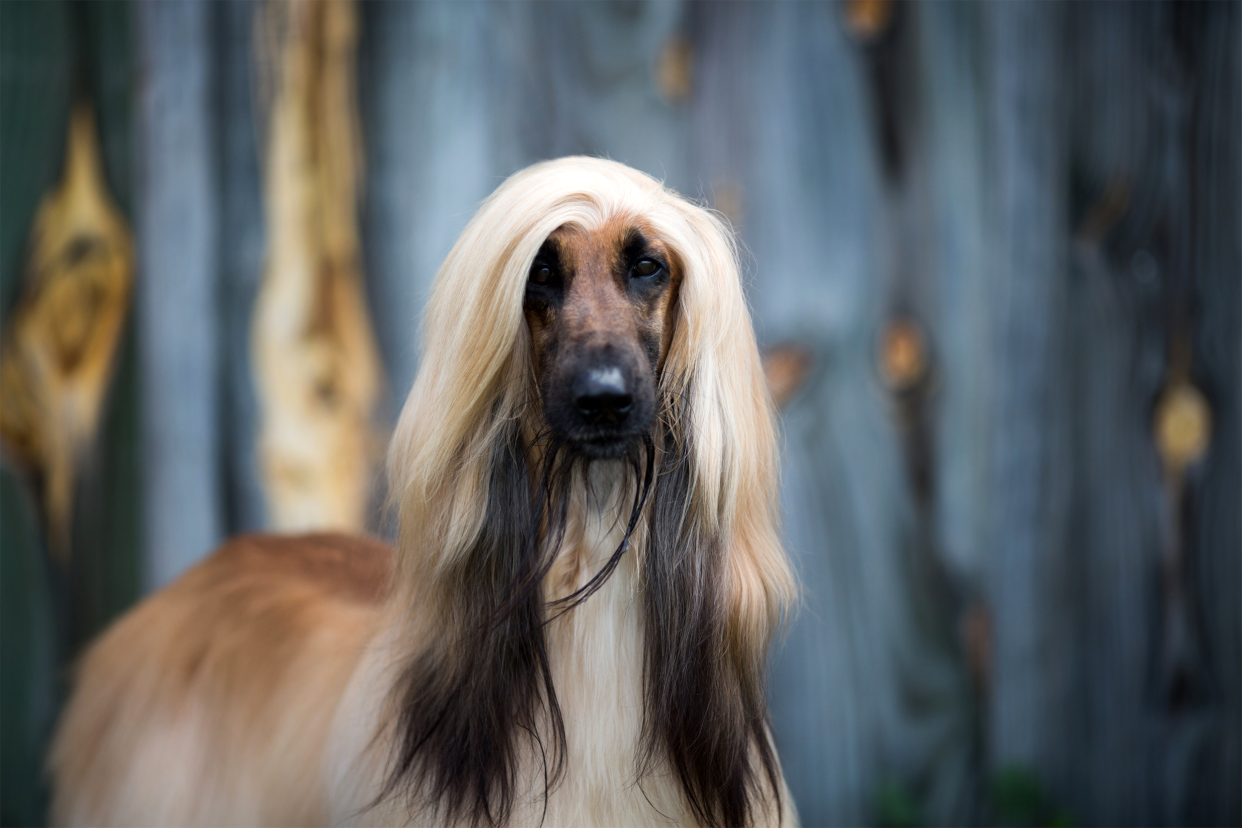
It's widely understood that the border collie is the most intelligent breed of dog out there — with its smarts based on whether a breed can learn a new command in under five repetitions and follow it at least 95% of the time. Meanwhile, considered to be the opposite end of the spectrum is the elegant-looking Afghan hound. With its long legs and a dramatic mane to match, the breed is basically the celebrity supermodel of the dog world. Afghans are considered to be independent, aloof, and may require mega sweet talking to get them to follow commands. But if you're up for the training challenge, the breed does adore its owner.
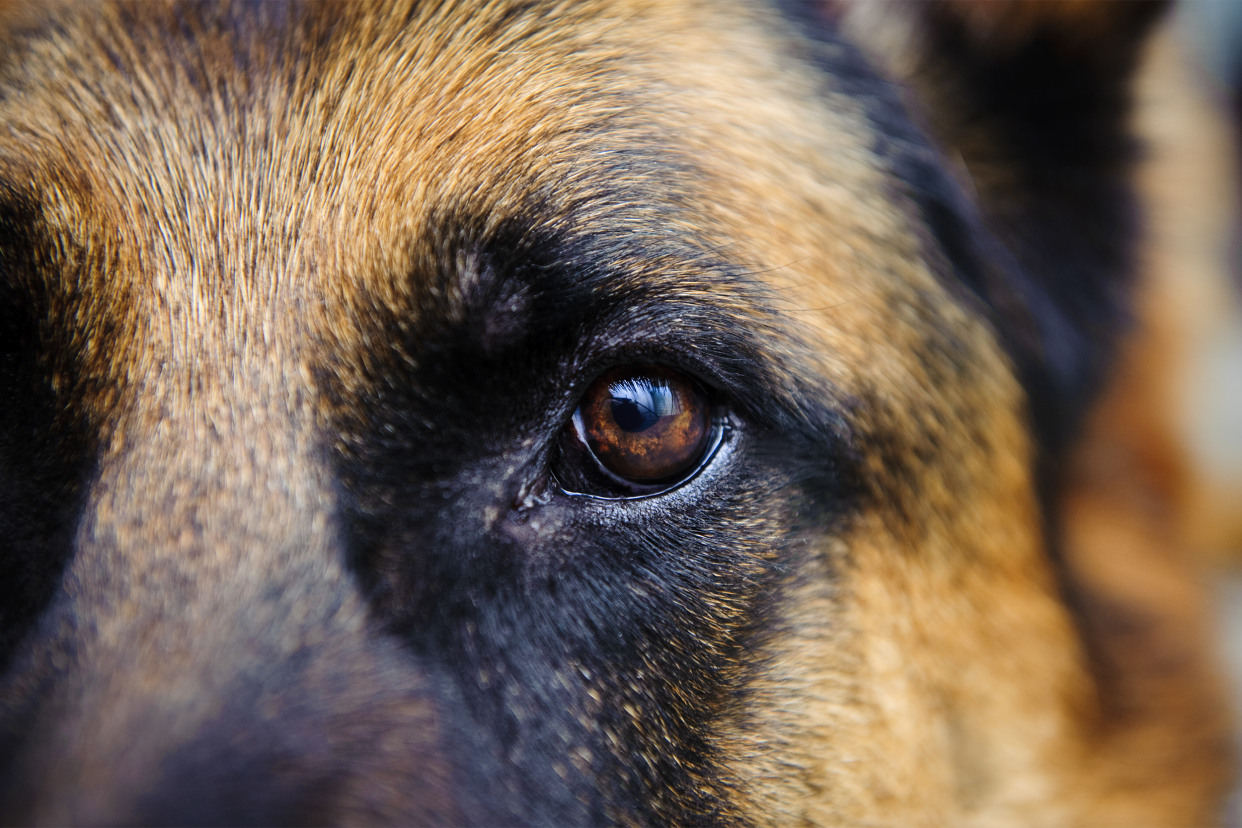
Yes, that would be three eyelids on each eye. Besides a top and bottom lid, they have what is called a "nictitating membrane" in the corner of their eye, which helps remove dust and mucus from the cornea.
Find more fun pet stories right here.
